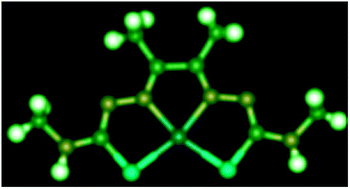Copper complexes as therapeutic agents
Abstract
The importance of transition metals in biological processes has been well established. Copper (Cu) is a transition metal that can exist in oxidised and reduced states. This allows it to participate in redox and catalytic chemistry, making it a suitable


 Please wait while we load your content...
Please wait while we load your content...